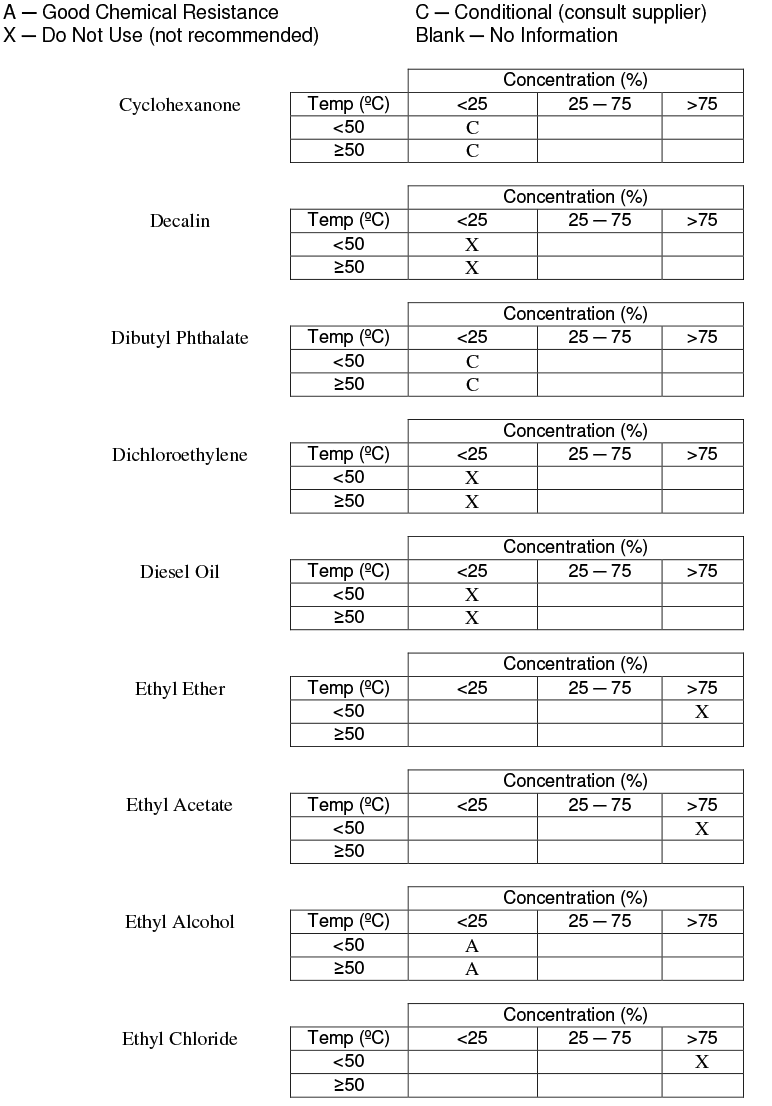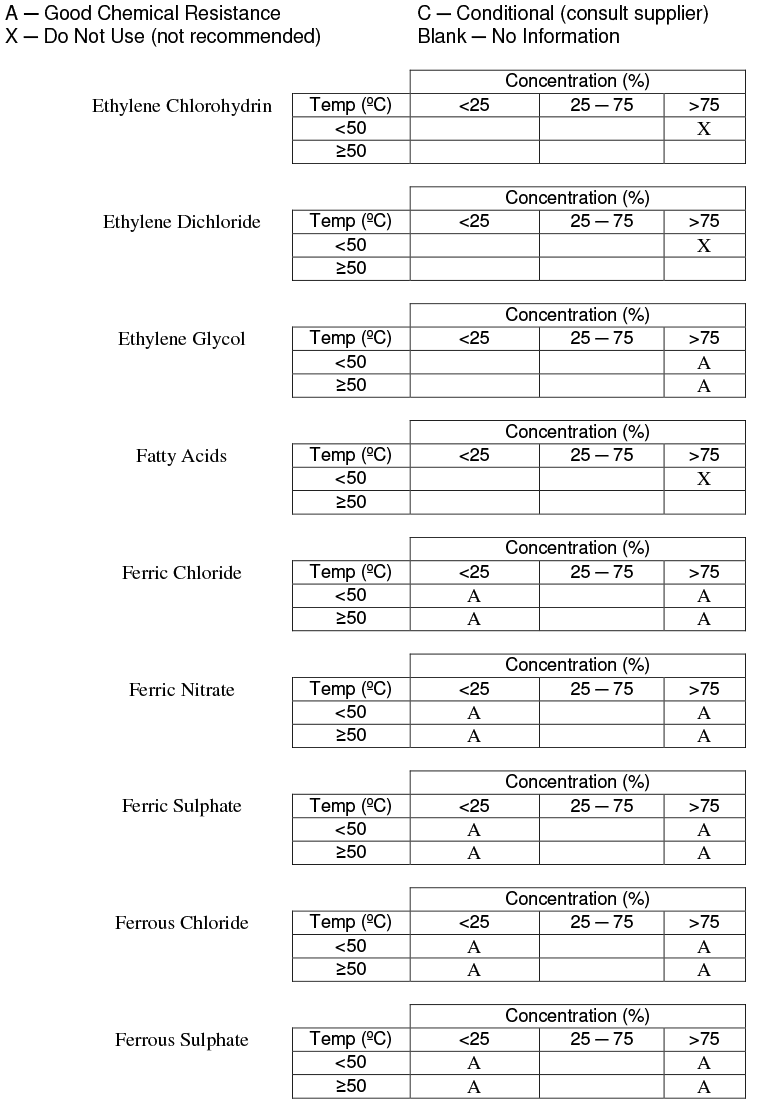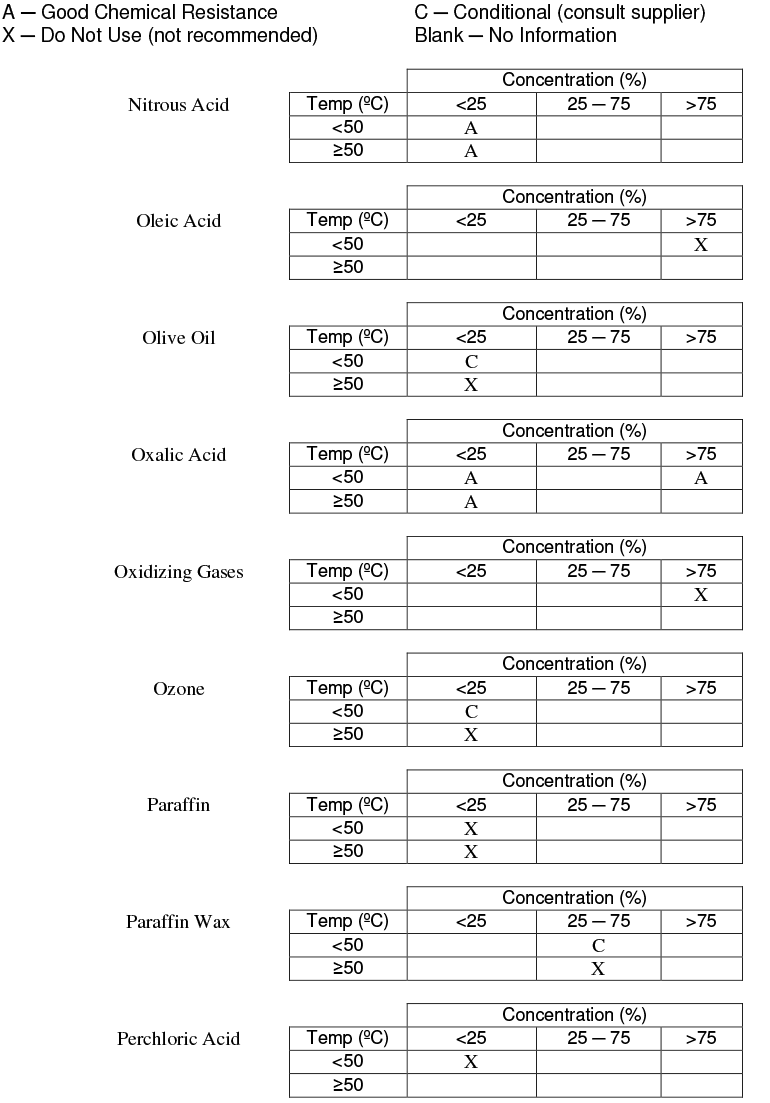Chemical Resistance of Roofing Asphalt
45A – July 2008
Since the discovery of natural asphalt deposits more than 5,000 years ago, asphalt has proved to be one of nature’s most useful – and abundant – materials. It has been used successfully as an excellent natural preservative, as well as an outstanding waterproofing and adhesive agent for centuries. For over 150 years, asphalt has proven to be one of the most popular roofing materials in North America.
Asphalt is now obtained as a residue of the distillation of petroleum crude oil. As such, it is the highest molecular weight fraction of petroleum. Asphalts are very complex oil mixtures that can be separated into four fractions, namely the saturates, the aromatics, the resins and the asphaltenes, each fraction being a mixture in its own. The chemical composition of asphalt and its fractions vary with the source and the refining of the crude oil. This composition governs asphalt properties, including ease of oxidation, miscibility with polymers, and durability amongst others.
Roofing asphalt is considered to have good resistance to a wide variety of chemicals and compounds. However, most of the information regarding chemical resistance has been empirically derived. It is generally accepted that:
- resistance to chemical attack increases with the hardness (measured by penetration) of the asphalt,
- chemical resistance decreases with time, temperature and the concentration of the chemical.
The following table is a compilation of data from the Shell Bitumen Industrial Handbook (Shell Bitumen, UK). It provides some information on the resistance of asphalt to various chemicals. Two asphalts may not have the exact same resistance to a given chemical. One would not normally encounter most of these substances in the roofing environment, particularly at the concentrations and at the temperatures listed in the tables. Notwithstanding, this bulletin provides guidelines regarding the chemical resistance of an asphalt based roof cover. Final selection of the roofing system should be based on anticipated service conditions in consultation with the manufacturer or supplier.






















The opinions expressed herein are those of the CRCA National Technical Committee. This Technical Bulletin is circulated for the purpose of bringing roofing information to the attention of the reader. The data, commentary, opinions and conclusions, if any, are not intended to provide the reader with conclusive technical advice and the reader should not act only on the roofing information contained in this Technical Bulletin without seeking specific professional, engineering or architectural advice. Neither the CRCA nor any of its officers, directors, members or employees assume any responsibility for any of the roofing information contained herein or the consequences of any interpretation which the reader may take from such information.
